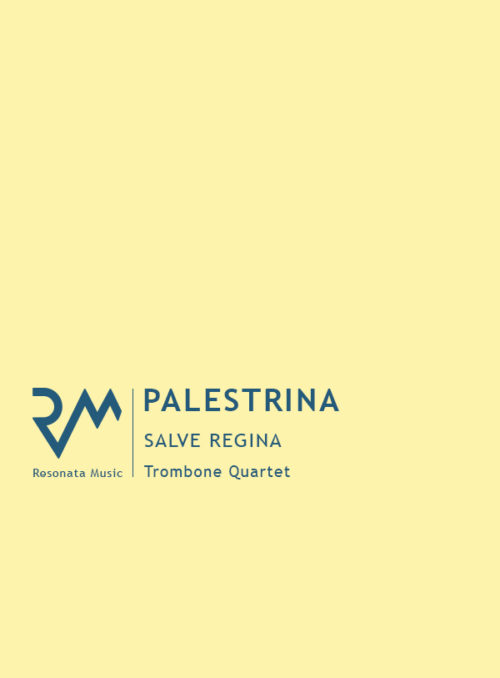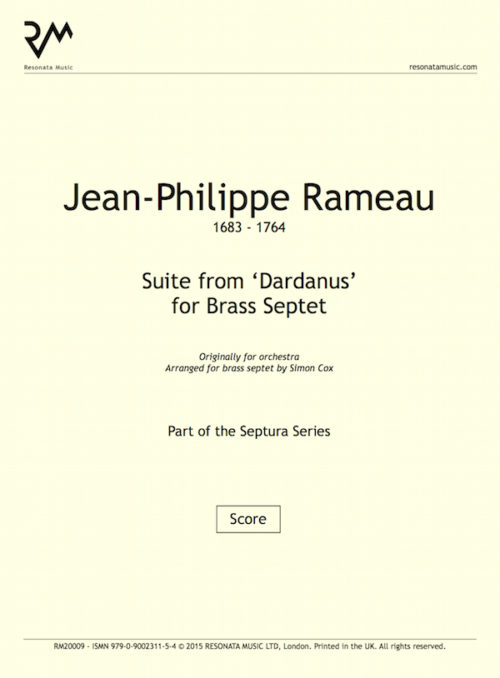Description
Palestrina’s music was significant to the development of sacred music, and represents the culmination of Renaissance polyphony. Whilst his 105 masses may be his best-known works, he also wrote over 300 motets; this setting of Adoramus Te, a text sung between the Stations of the Cross in the Catholic tradition, is from the second volume of two books of motets for four ‘equal voices’ (‘paribus vocibus’), published in 1604.
During the counter-reformation’s Council of Trent (1545-63) the Catholic Church threatened to ban polyphony in order to ensure that liturgical texts were intelligible. Palestrina’s most celebrated work, the Missa Papae Marcelli was credited with convincing the Council that counterpoint could be comprehensible, and indeed there was a vote in favour of polyphony in 1563. Thus Palestrina was romanticised in the nineteenth-century imagination as the ‘saviour’ of church music – a reputation enhanced by Pfitzner’s 1917 opera, Palestrina, which relates the legend of the Missa Papae Marcelli.
Whether there is any truth in the story or not, it is clear that textual clarity was at the forefront of Palestrina’s mind. In the short motet Adoramus Te only the third line (‘quia per sanctam crucem tuam’, from b. 13) is set contrapuntally, and there is an abbreviated repetition of the section towards the end of the piece (from b. 26); the rest of the text is set largely homophonically, and the final line (‘redemisti mundum’) is made clear through emphatic repetition.
Parts included:
- Score
- Trombone 1 (Alto)
- Trombone 2
- Trombone 3
- Trombone 4 (Bass)
Purchasing this product entitles you to download it three times. You will receive an email with a link to download your files upon completing payment.










